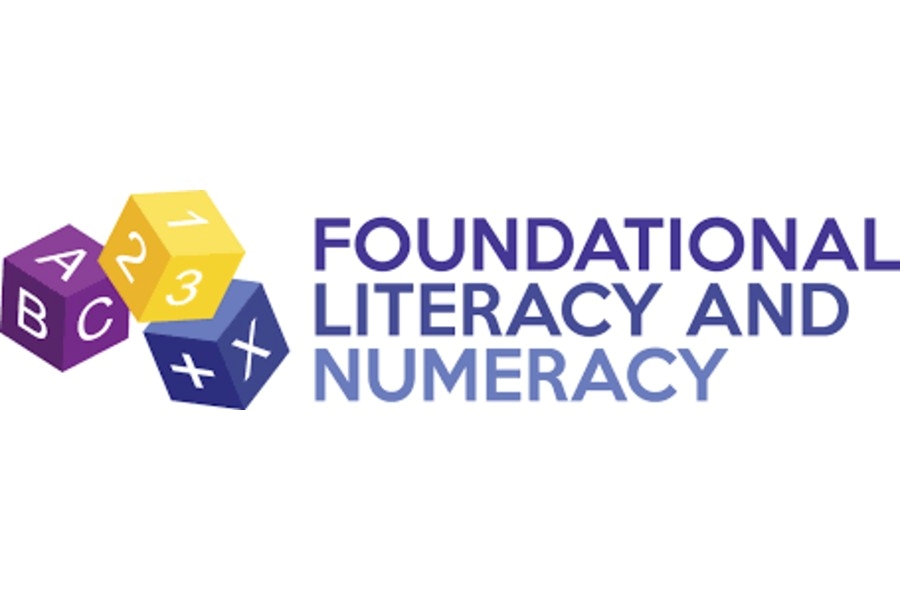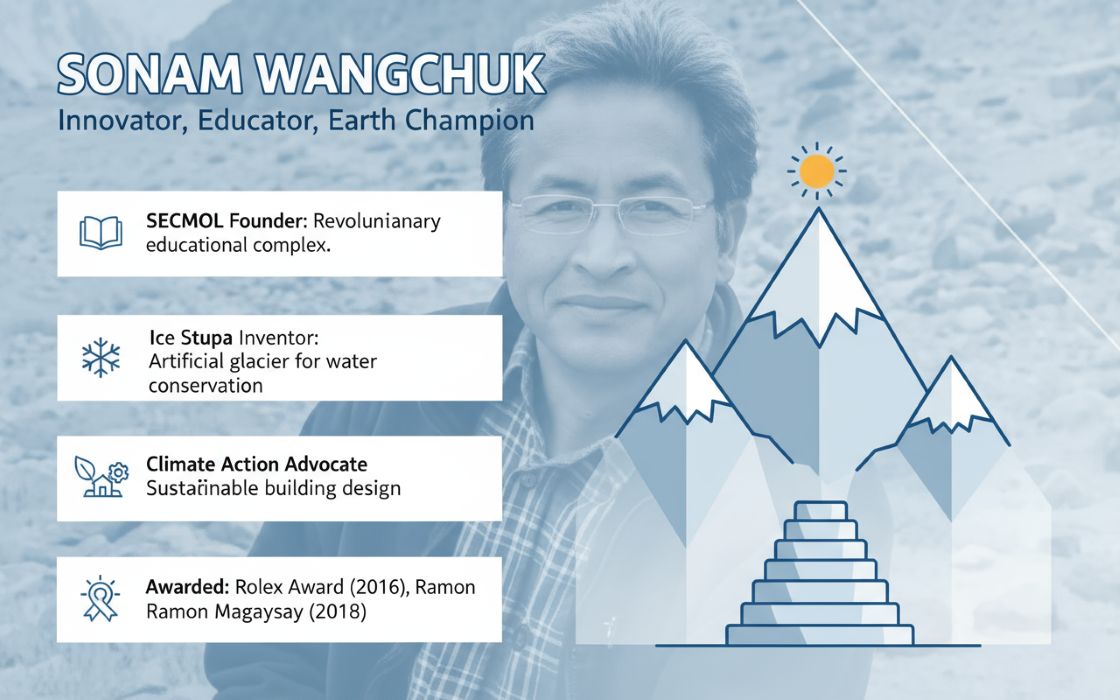 As India deepens its journey toward inclusive growth, the next leap may lie in recognising the financial power of its women collectives. In this compelling article, Nishant Kumar, Global Lead – Startup Innovation and Acceleration at MSC, and Abhishek Varshney, Senior Lead – Partnerships at Sahamati, explore how integrating self-help group (SHG) records with the Account Aggregator framework can bridge a long-standing gap between grassroots enterprise and formal finance. Drawing on their rich experience in financial inclusion and digital innovation, they illustrate how this integration can transform SHG members from programme beneficiaries into financially visible, creditworthy individuals—unlocking access to credit, insurance, and investments, and setting the stage for a more equitable financial ecosystem.
As India deepens its journey toward inclusive growth, the next leap may lie in recognising the financial power of its women collectives. In this compelling article, Nishant Kumar, Global Lead – Startup Innovation and Acceleration at MSC, and Abhishek Varshney, Senior Lead – Partnerships at Sahamati, explore how integrating self-help group (SHG) records with the Account Aggregator framework can bridge a long-standing gap between grassroots enterprise and formal finance. Drawing on their rich experience in financial inclusion and digital innovation, they illustrate how this integration can transform SHG members from programme beneficiaries into financially visible, creditworthy individuals—unlocking access to credit, insurance, and investments, and setting the stage for a more equitable financial ecosystem.
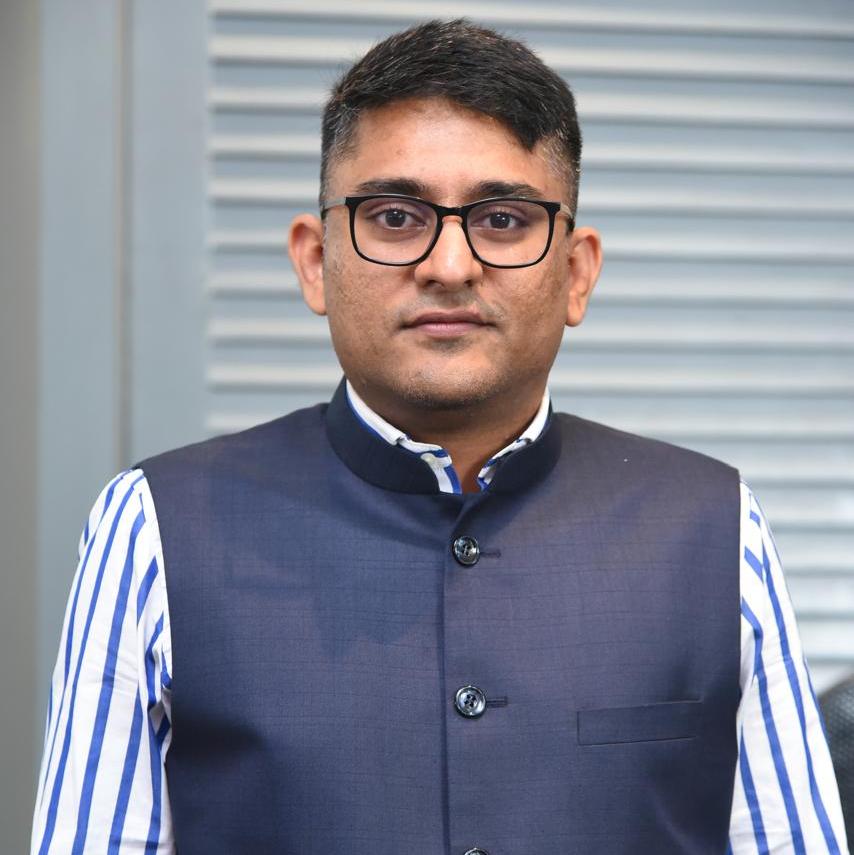 A Digital Key to Women’s Credit: Integrating SHGs with India’s Finance System
A Digital Key to Women’s Credit: Integrating SHGs with India’s Finance System
India sits on a huge financial paradox. More than 100 million women participate in the world’s largest microfinance project through self-help groups. While self helpgroups (SHGs) receive support from the National Rural Livelihoods Mission (NRLM) and participating banks, internal transactions data history among SHGs and members remains invisible to the formal banking system. This financial data lies trapped in government databases and is missed while measuring the creditworthiness of the SHG members by banks, insurers, or FinTechs eager to serve them.
This data can be made accessible by integrating SHG records with India’s Account Aggregator (AA) framework, which promises to transform financial inclusion by shifting access to credit and services from mere program membership to performance-based criteria.
SHGs have evolved far beyond their humble origins. Today, these groups have formed sophisticated multi-tier institutions with formal governance structures: Village Organizations (VOs), which are groups of SHGs that work at the grassroots level, and Cluster-Level Federations (CLFs), which operate at the block or sub-district level. The National Rural Livelihoods Mission (NRLM) supports these institutions through its digital platform, LokOS—a management information system that records savings, loan repayments, attendance, and training metrics across more than 9 million SHGs that have collectively accessed loans worth INR 2.54 trillion.
Yet, this treasure trove of financial behavior data remains locked away. NRLM-linked banks extend loans to borrowers based on historical performance. But there is an opportunity for members to showcase their SHG history to financial institutions to access additional support if needed.
Consider Lata Devi, a weaver from rural Jharkhand. She has faithfully repaid three internal SHG loans and maintained regular savings through her SHG for years. To any lenders, she represents an excellent credit risk. To the larger financial system, she does not exist.
India’s AA framework, launched by the Reserve Bank of India (RBI), enables individuals and institutions to share their financial data across entities securely and with consent. By onboarding NRLM (via LokOS) as a financial information provider (FIP), a source of verified financial data, the SHG ecosystem could plug into this digital infrastructure.
This integration would enable consent-based data sharing between platforms that hold SHG records, such as LokOS, and those that deliver services like banks or government programs. It will bridge a critical gap in the ecosystem as paper trails turn into digital credentials that unlock formal financial access.
We return to Lata's case here. With AA integration, she could share her SHG transaction history with a lender to secure working capital for her loom or with an insurer to enroll in an insurance plan tailored to her income cycle. She can become an independent financial actor, not just a beneficiary of group-based lending.
The benefits extend beyond individuals. Well-governed VOs and CLFs can use verified performance data to access market-based credit and diversify funds beyond government grants. This opens the road to partnerships with social impact investors and others who can now underwrite institutions based on objective metrics rather than subjective assessment.
Over time, verified SHG and federation-level performance data could be aggregated into standardized credit scores. Much like the Grameen Credit Score model, these scores would provide investors and lenders with an objective, risk-based lens to underwrite community institutions—moving beyond anecdotal assessments to data-driven trust.
Integration will require combined efforts. On the regulatory side, current AA rules restrict financial information providers to regulated entities, leaving out institutions like NRLM. A policy exception will be critical. On the technical front, group accounts demand new consent workflows, and LokOS records—often manually entered—may require stronger validation. Finally, trust must be built through privacy safeguards, opt-out choices, and robust grievance redressal. Without these, the promise of SHG–AA integration could falter.
Success demands concerted action from multiple stakeholders. The NRLM and the Ministry of Rural Development can champion pilot integrations in high-performance states. Sahamati can facilitate the development of consent workflows for community-based organizations.
Financial providers should come forward to leverage the data to underwrite SHG-tailored products through structured data. Meanwhile, technology partners should build multilingual interfaces for field agents and SHG members.
India’s SHG–AA integration is not just a financial innovation, but a social innovation. It marks a transition from eligibility to accountability. For millions of women like Lata, it means moving from surviving to thriving. For India, it offers a chance to set a global benchmark in inclusive finance—demonstrating how digital infrastructure can unlock the power of community institutions at scale.

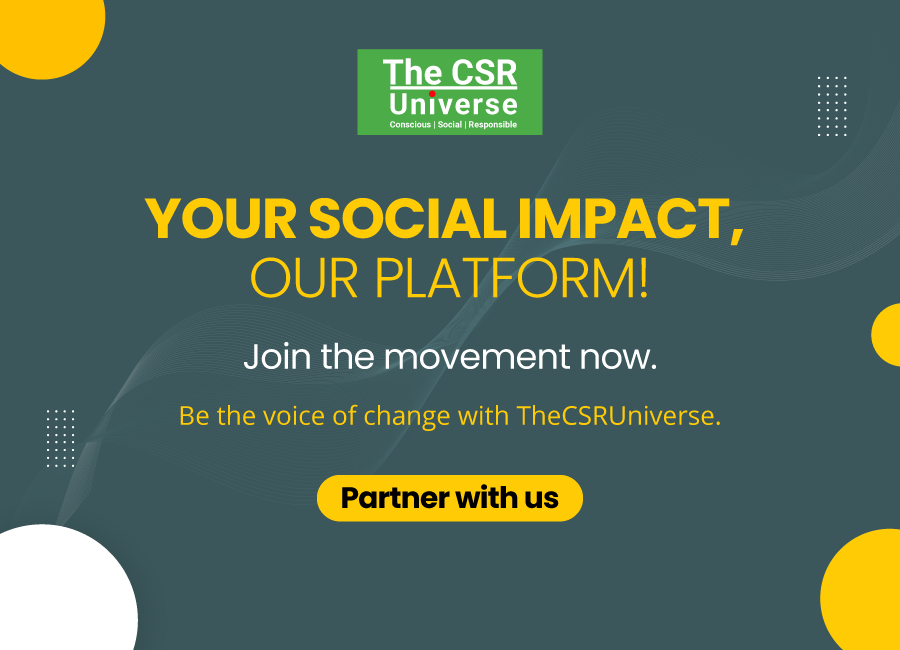

 As India deepens its journey toward inclusive growth, the next leap may lie in recognising the financial power of its women collectives. In this compelling article, Nishant Kumar, Global Lead – Startup Innovation and Acceleration at MSC, and Abhishek Varshney, Senior Lead – Partnerships at Sahamati, explore how integrating self-help group (SHG) records with the Account Aggregator framework can bridge a long-standing gap between grassroots enterprise and formal finance. Drawing on their rich experience in financial inclusion and digital innovation, they illustrate how this integration can transform SHG members from programme beneficiaries into financially visible, creditworthy individuals—unlocking access to credit, insurance, and investments, and setting the stage for a more equitable financial ecosystem.
As India deepens its journey toward inclusive growth, the next leap may lie in recognising the financial power of its women collectives. In this compelling article, Nishant Kumar, Global Lead – Startup Innovation and Acceleration at MSC, and Abhishek Varshney, Senior Lead – Partnerships at Sahamati, explore how integrating self-help group (SHG) records with the Account Aggregator framework can bridge a long-standing gap between grassroots enterprise and formal finance. Drawing on their rich experience in financial inclusion and digital innovation, they illustrate how this integration can transform SHG members from programme beneficiaries into financially visible, creditworthy individuals—unlocking access to credit, insurance, and investments, and setting the stage for a more equitable financial ecosystem. A Digital Key to Women’s Credit: Integrating SHGs with India’s Finance System
A Digital Key to Women’s Credit: Integrating SHGs with India’s Finance System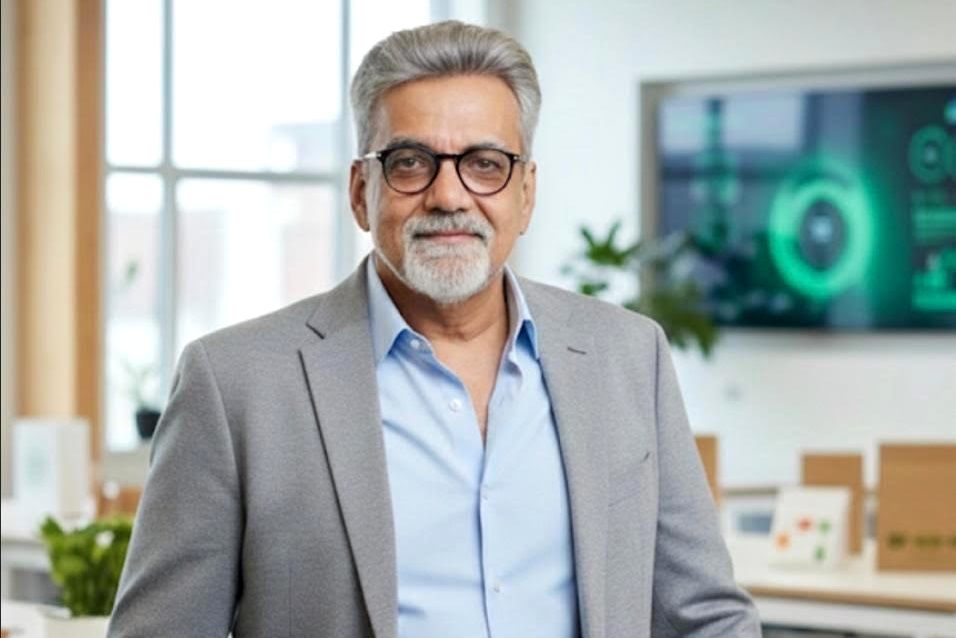

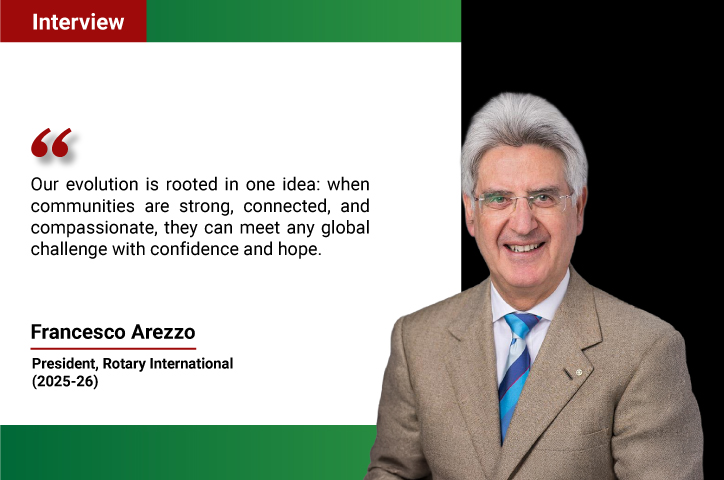

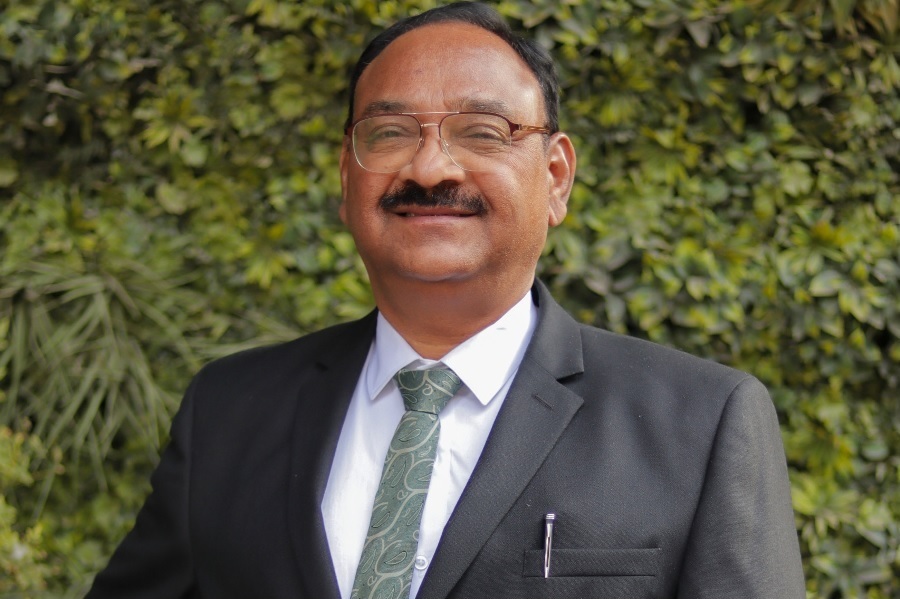


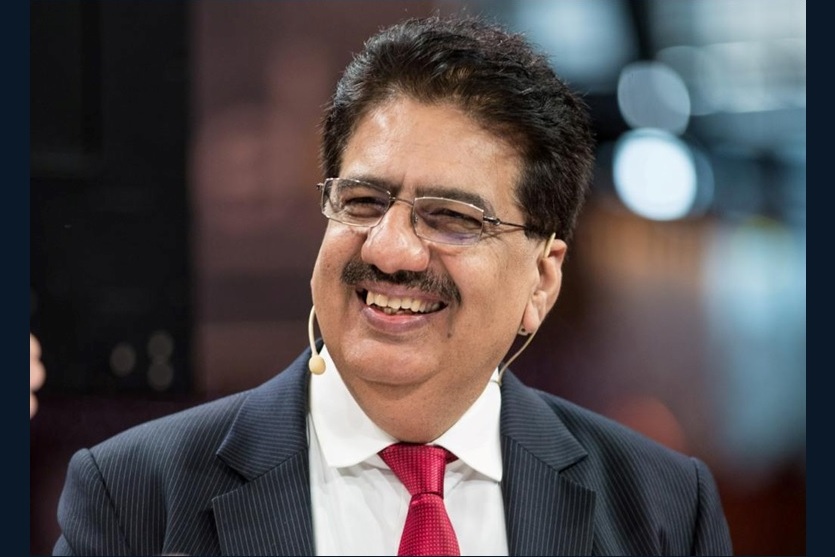

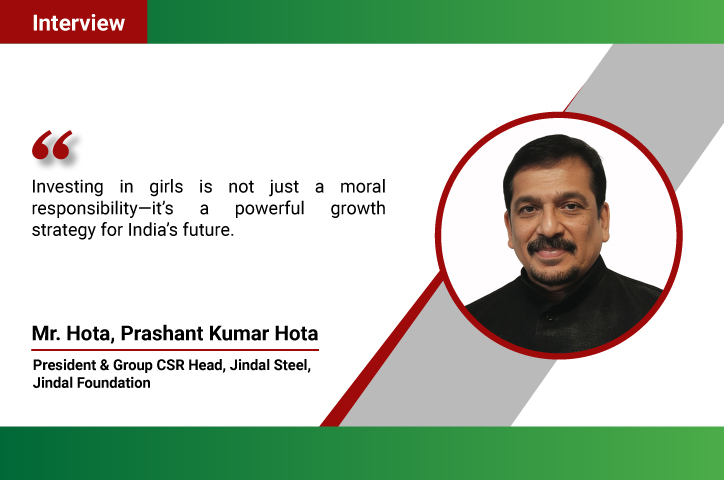

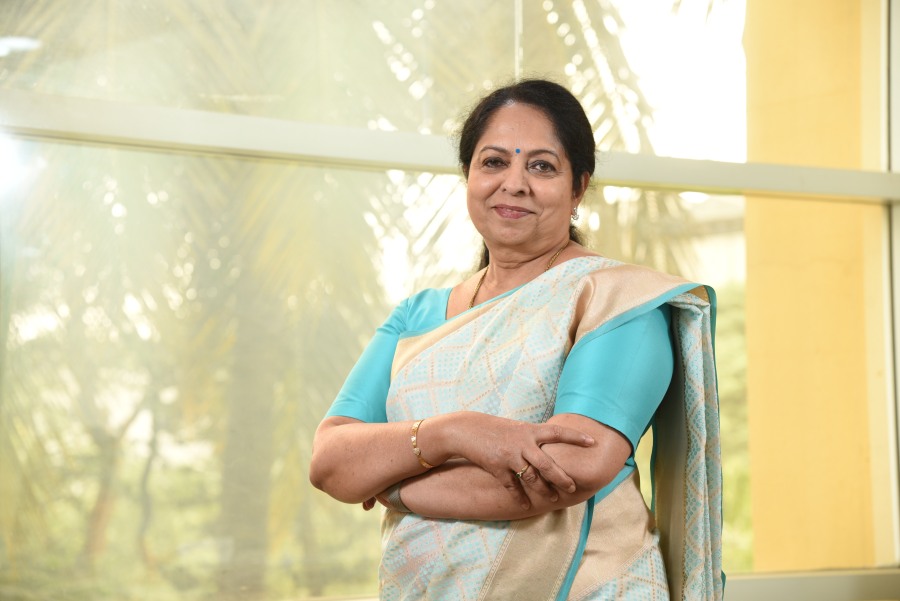
.jpg)
